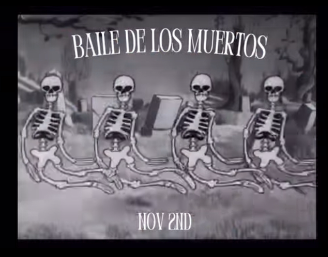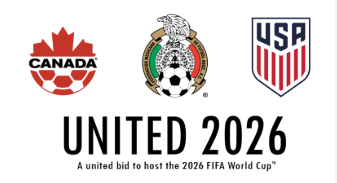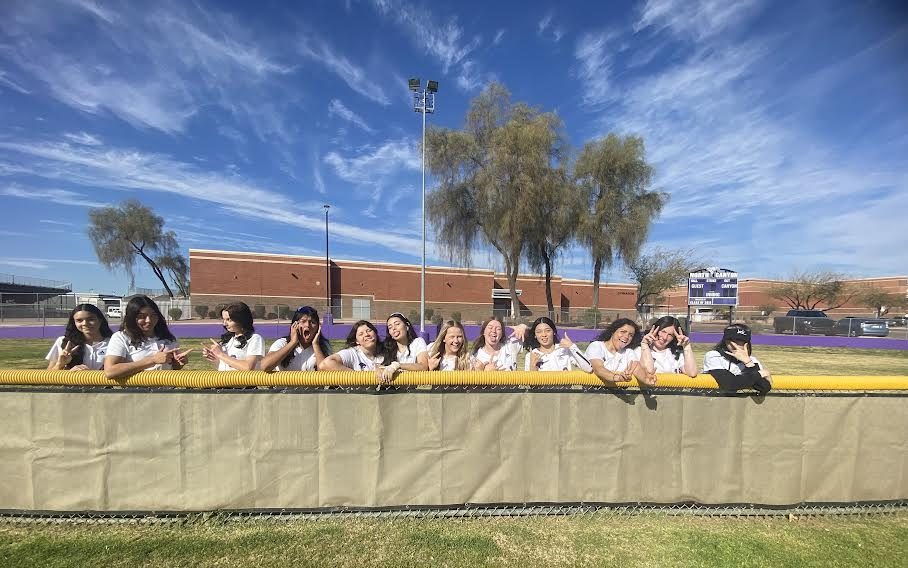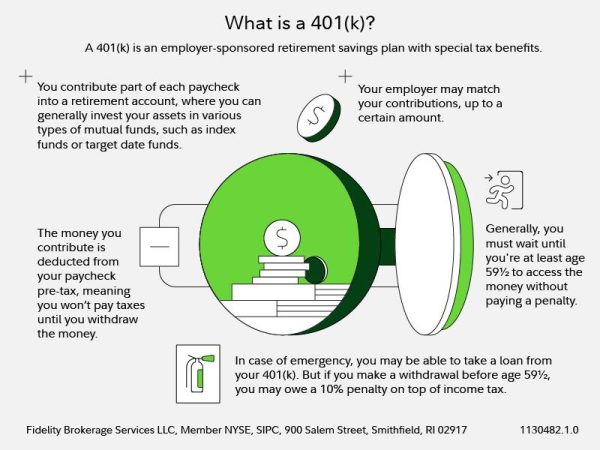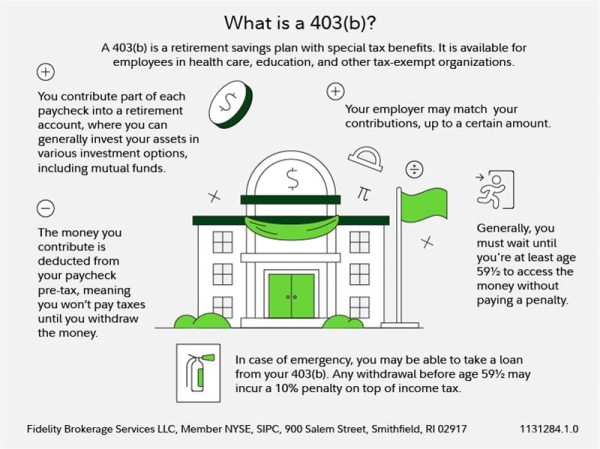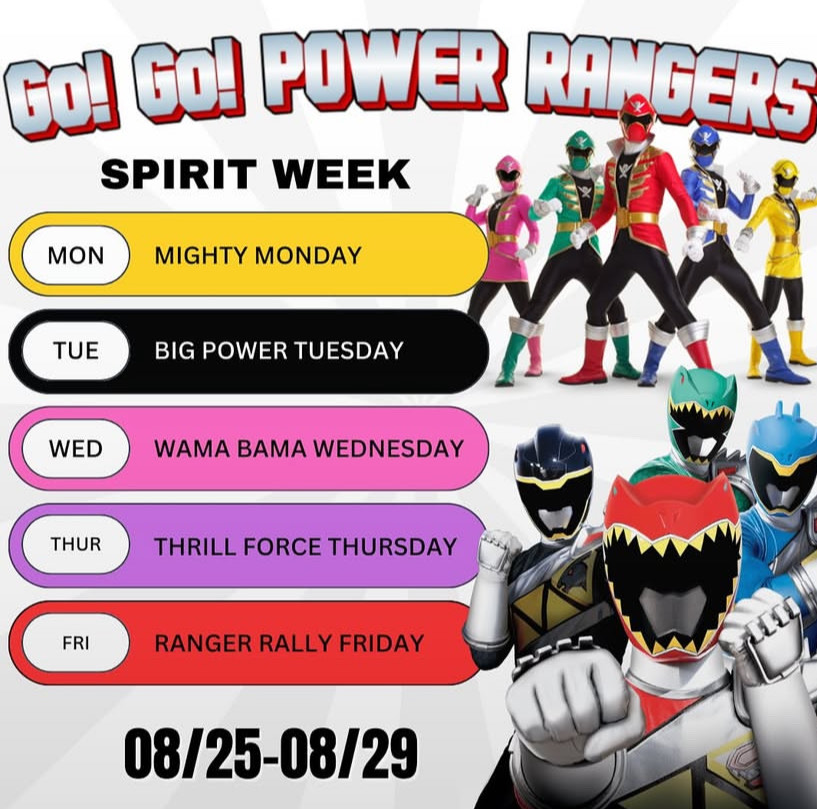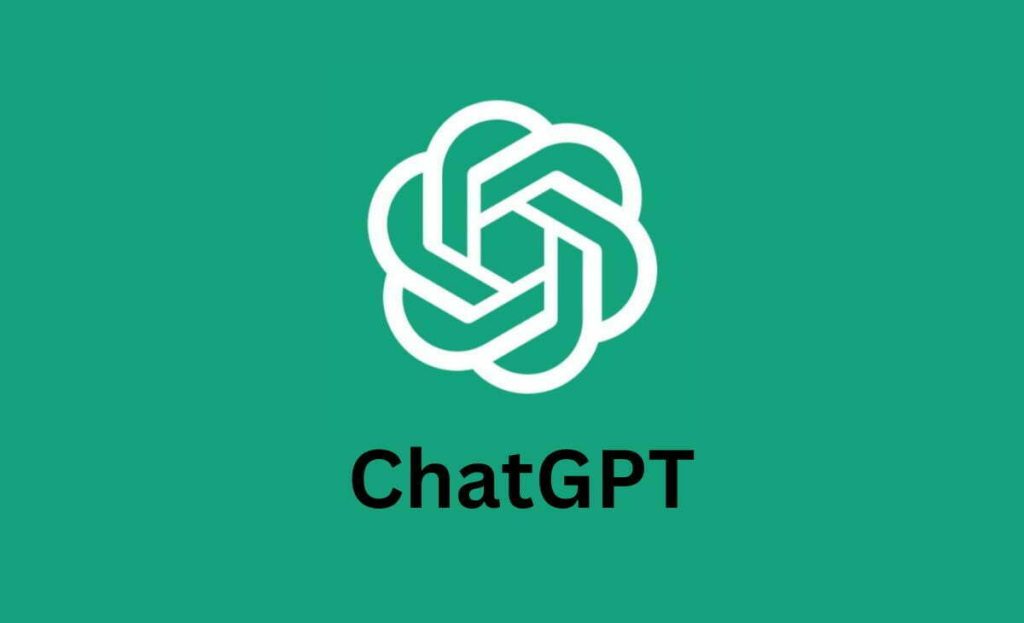The American Dream… we know it well and a part of the American Dream is the ability to be able to retire and live out the twilight years of life in relative peace and relaxation. Yet sometimes this part of the dream is just out of reach for some people for a plethora of reasons and maybe one of those is the lack of funds to retire which is understandable as of recently the cost to retire has risen to the point some people can’t stop working. Yet there are ways to save up for retirement long before retirement age one of these ways are using Individual Retirement Accounts or better known as IRAs.
You may have already heard or even had experience with IRAs already especially if you’re employed since most employers provide a 401 (k) which is a type of IRA. According to Fidelity, around 70 million Americans or 42% of the working population use a 401 (k) for retirement savings. 401 (k)s work by allowing you to deposit a part of your paycheck into a retirement account and apart from the compound interest you can also invest in mutual funds and also incentivizes people have a 401 (k). Additionally, when you contribute to a 401 (k) those contributions aren’t taxed though withdrawals before the age of 59 and half comes with a 10% penalty tax along with income tax and other local taxes and you also have to pay tax as well after you turn 59 and half though minus the penalty tax although once the 401 (k) money runs out, its out.
Another form of an IRA is a Roth IRA or just simply known as a Roth. Roth IRAs are different from 401 (k)s one of the differences is that you can open a Roth right when you turn 18 and begin contributing from an early age. Unlike, a 401 (k) with a Roth you can withdraw from it tax-free after the age of 59 and half since you paid taxes before contributing to a Roth and there are also contribution limits depending on how much you earn. With Roth IRAs you open it with brokerage companies like Fidelity or Vanguard.
Finally, a final form of IRAs is the Traditional IRA. The tradition IRA are similar to Roth IRAs but have some differences one of which is that you still have to pay taxes when withdrawing from the account, additionally, by the age of 73 you have to make required minimum distribution which are required withdrawals from the Traditional IRA. While not traditionally considered an IRA, the 403 (b) is another form of retirement plan similar to the 401 (k) but the 403 (b) is more commonly used for those in education, healthcare, or other tax-exempt organizations. The 403 (b) works like a 401 (k), notably, your employer may also match your contribution to your 403 (b).


